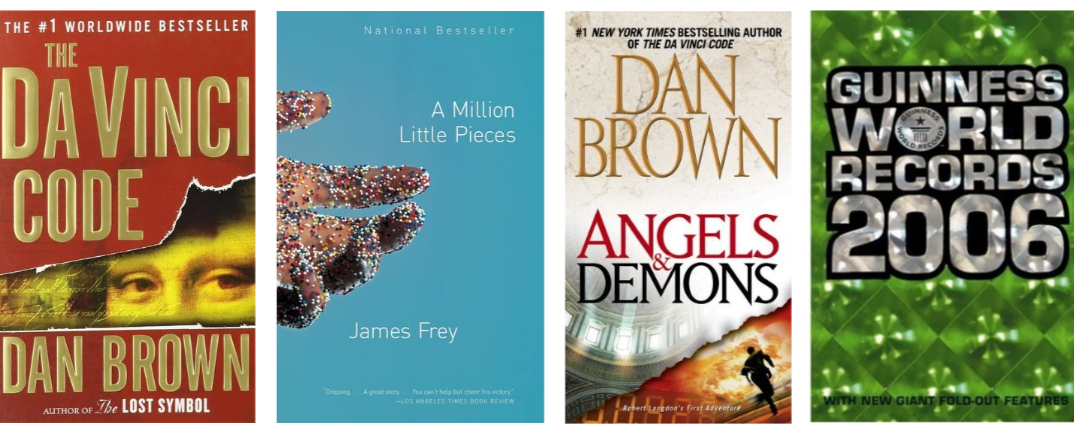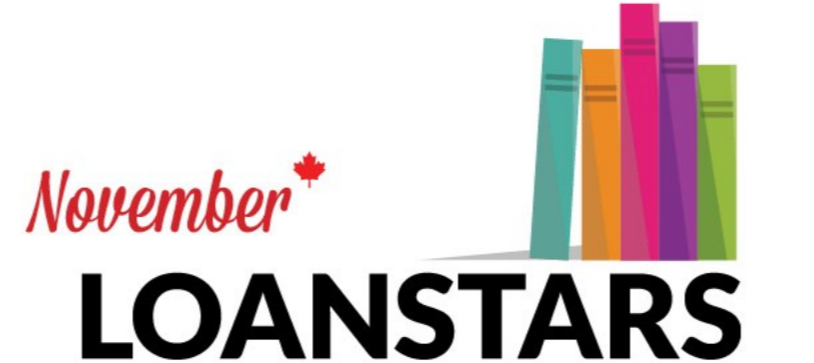In case you missed it, we recently released our free study, On Diversity: A Survey of Canadian Readers 2021. In it, we share insights on acquisition, discoverability, and readership of diverse books, as well as stats on how readers feel about the publishing industry’s efforts to become more diverse, and much more.
Today, we’re inviting you to go back in time with us as we revisit some findings of the 2018 study, Demand for Diversity, alongside data from our most recent study.
First, a caveat — it’s important to note that the methodology, questions, and number of respondents of both studies are slightly different. The number of respondents for the 2018 study, Demand for Diversity: A Survey of Canadian Readers, was 500 adults (18 and older), whereas in the 2021 version, 1,000 adult readers took the full survey.
Book discovery and acquisition
In 2018, we learned that the majority of respondents had found their books by browsing in person or online (63%), this included looking for a book in a store, library, online, or elsewhere. In 2021, we chose to get more specific, and learned that 42% of readers discovered books by browsing in person, 41% by browsing online, and 32% from searching online.
In our 2018 study, we found that 51% of respondents reported having purchased a new book (print or digital) in the prior month, either for themselves or for a gift; 43% borrowed one from the library; 35% purchased a used book; and 34% borrowed a book from a friend or relative. In 2021, 77% of readers said they bought books and 73% acquired their books for free — this includes borrowing from the library, a friend, downloaded, etc. In the 2021 version of the study, we formulated the questions in a way that allowed us to break down the acquisition behaviour even further.
59% of readers bought in person in a store
60% from book chains
50% from general retailers
49% from used bookstores
51% of readers bought online
46% from major book chain’s websites
38% from a general retailer or grocery store’s website or delivery service
33% from an ebook retailer or app
52% of readers borrowed
67% from the public library
50% from a friend, family, coworker
20% from a little free library, book swap, etc.
Diversity in respondent demographics and books
One other change between studies was our terminology. We stopped using the terms “underrepresented” — a person who self-identified as being Black, Indigenous and/or people of colour (BIPOC), LGBTQ+ people, people who are disabled or differently abled, and/or religious minorities — and “well-represented” — a person who did not self-identified as belonging to any of the previously listed groups — in the 2021 study.
Instead, for the 2021 version, we chose to include the term “non-dominant identity”, its purpose is to serve as an umbrella to include one or more of Blackness, Indigeneity, gender, sexuality, disability, neurodiversity, class, family structure, age, religion, language, or other identities that are generally poorly represented or not advantaged. Respondents were encouraged to, where applicable, self-identify as a person who belongs to a “non-dominant identity” based on the above definition, but it was not required.
In the 2018 version of the study, we gave respondents a definition of “diverse books” — “books about or from the point of view of Black, Indigenous and/or people of colour (BIPOC), LGBTQ+ people, people who are disabled or differently abled, religious minorities, and/or books by authors who identify as members of one or more of the listed groups.” In 2021, instead of providing a definition of what “diverse books” are, we gave respondents a series of statements/definitions to choose from. The following are the top-selected statements (respondents could choose more than one option).
73% of readers agreed with the statement “diverse books are books about perspectives, opinions, or stories that are different from your own”;
66% of readers agreed with the statement “diverse books are books about a group or culture written by people from that group or culture”; and
65% of readers agreed with the statement “diverse books are books written by and about the lives of people from non-dominant groups”.
To wrap up, here are some key stats we captured that speak to the importance of representation and diversity in books.
In 2018, 31% of respondents told us that if they had access to more diverse books they thought they would read more of them. We also found that 46% of respondents were either “very interested” or “interested” in reading books by BIPOC authors.
In 2021, 41% of respondents said that they feel that at least one dimension of their identity is not represented by the dominant group at least some of the time. And, of the total respondents, 17% said they had and 31% said they sometimes had read more diverse books in the previous year.
So one thing still rings true — offering a wide diversity in topics to readers is important and necessary.














The latest news out of the European Commission.